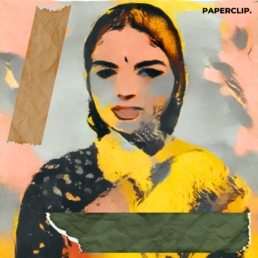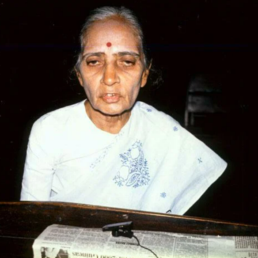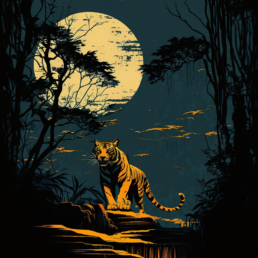High in the mountains of Himachal, in the little hamlet of Naggar, one can find a samadhi (grave) of a Russian Maharishi. If that doesn’t sound strange enough, here’s a story about the Russian mystic with a connection to Tagore and Independent India’s second president.
Almost six years before the country’s independence, a young scholar hitchhiked his way through the mountainous roads of the Kulu valley. His destination? A little hamlet called Naggar.
He got into a Dhaba to catch his breath. Sensing that Naggar is close by, he pointed to a stone and wooden structure some distance away and asked an old man, “Is that the Russian painter’s house?”
The old man replied, “No, that is the old castle…Roerich Saab is just beyond”. The young man in the picture is Udaychandra Naval, a promising young student pursuing literature at the time with a keen eye for art. More on him later.
But who is this Russian painter Roerich, and what was he doing in a small hamlet high up in the Himachali mountains? Born as Nikolay Konstantinovich Ryorikh, in St. Petersburg in the late 19th century, Nicholas Roerich was anything but a subtle person.
Influenced by the sophisticated last years of the Tsar monarchy, Roerich’s artistic inclination came to the fore at a very young age. Not only were Roerich’s artistic sense and paintings impressive, but his interests were also far-reaching and diverse.
Roerich’s most famous work is dedicated to Kitezh, an ancient Russian city that is believed to be a mystical space between dreams and reality. Similar to Shangri-La or Shambhala, Roerich believed the three cities may have existed in the same mystical plane.
In 1923, Roerich organized a grand archaeological expedition to Central Asia with his family, hoping to find a pathway to the mystical Shambhala. The expedition was dangerous and garnered considerable attention from the world press.
They started from Sikkim and followed a path through Punjab, Kashmir, the Karakoram Mountains, Urumchi, Irtysh, the Altai Mountains, the Oyrot region of Mongolia, the Central Gobi, and Tibet.
To say they faced challenges might be an understatement. However, the expedition was deemed successful. Roerich authored a detailed book titled ‘The Heart of Asia, Atlai – Himalays’ and created almost 500 pieces of art showcasing the Himalayas’ magical beauty.
The Roerichs fell in love with the Himachali mountains. They bought a small cottage from the Raja of Mandi and settled down in the hamlet of Naggar in Kulu. Surrounded by the snow-covered peaks, Roerich continued to pursue his artistic pleasures.
Fast forward to 1941, Udaychandra wrote a letter to Roerich expressing his wish to meet, to which Roerich happily obliged. Roerich must have been around 65 when the two met at the artist’s house in Naggar.
The duo talked about art, Tagore, Shantiniketan, and more. Udaychandra was awestruck by the man and his environment. The meeting must have pushed Udayachandra to finally publish his art journal, something he had been mulling over for some time. This is where it gets interesting.
He asked the Russian Painter to write him something and Roerich sent him a descriptive manuscript. Udaychandra edited and published it under the title ‘Joy of Art’, but there is more.
Udaychandra was also able to get Tagore to write an introduction for the journal. Tagore once wrote to Roerich after seeing his paintings: “Your pictures… made me realise one thing…….that truth is infinite”.
For the foreword, Udaychandra roped in Dr. Sarvepalli Radhakrishnan, who would become independent India’s second president. Dr. Radhakrishnan initially refused owing to ill health but later relented.
As for the man who brought them all together, Udaychandra was a great scholar and a humanitarian in his own right. You will, however, probably know more about his daughter Deepti who became a famous actress in India.
Even today, old timers in Naggar point out ‘Roerich Saab ka Ghar’ just a few steps beyond the Naggar castle. Nicholas Roerich was a painter, archaeologist, scholar, and mystic but more than anything else, a maverick.
Sources: A Country Called Childhood: A Memoir by Deepti Naval, https://www.thecollector.com/nicholas-roerich-shangri-la-painting/ , wikimedia




